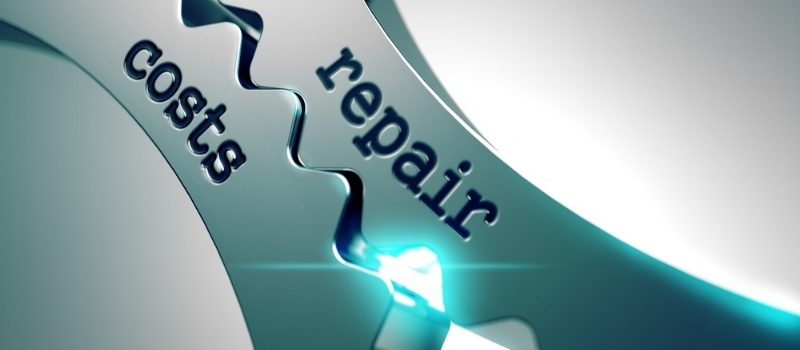
If you’re in a position where you have old equipment costing you in repairs and maintenance, you are likely considering replacement. Perhaps it’s continually breaking down and needing new parts. Maybe it’s just old and a newer model has better updated features.
But can you replace it and should you? The answer to this question may come down to funding. What can you afford to do?
This is the time to call your finance broker and put together a comprehensive balance sheet. When you have a clear view of your assets, liabilities and available equity, you can determine what you can afford to do next.
Old versus New
This decision will ultimately come down to the outcome of that balance sheet assessment. What will it cost you to keep it and continue repairing it when it breaks down, versus buying a new replacement?
If you have the capital or the borrowing power and equity, financing new equipment may be the better decision. Here are 3 reasons to upgrade your old assets.
1. Efficiency
If your old equipment is reliable and earns you great money, there might be greater value in maintaining it for a few more years. If you can keep up with customer demand and the sporadic repairs are manageable, it might not be cost effective to upgrade it yet.
But if you find yourself constantly dealing with breakdowns or slow production times, it will be costing you in lost business, not to mention paying for the repairs and labour.
Equipment that can’t meet demand is setting your business back and making it tougher to keep up with your competitors.
2. Cost of Repairs versus Repayments
If repairs are uncommon, and your equipment is plugging away dependably, then the cost of repaying a loan could far outweigh the costs of simply maintaining what you already have.
If dealing with repairs as they occur seems easier than committing to monthly payments, it’s important you still take the time to look at the whole picture, especially if breakdowns are common.
How much longer should you keep patching this equipment up while it drops in value and productivity? If you wait a few more years, it could lose its resale value or cease to function completely and then leave you scrambling to replace it.
A predictable repayment arrangement with a new quality asset can be far more stabilising than unpredictable and money hungry old equipment.
3. Upgrading
If new upgraded options are available, you might be missing an opportunity by sticking with the old equipment. If it’s already costing you in repairs, what might the latest model do for you?
New equipment isn’t necessarily about replacing what you already have. You may have been labouring away with the same old assets for years, and in the meantime the latest version has functions you’ve not been able to offer your clients thus far, and be cheaper to run and maintain.
Upgrading doesn’t only mean saving on repairs, but increasing the possibilities. A new asset with new functions may mean new ways to make a profit.
Upgraded modern equipment can add value to your business, and save you the cost of keeping the old version in operation.
Final Thoughts: Listen to the Balance Sheet
Your broker will be able to help you weigh up the overall costs of sticking with what you have, versus purchasing new equipment. What is the value of your old asset, versus the cost of keeping it functioning? What is its physical value plus the value it adds to your product or service?
Improving your business means you need efficient and reliable equipment that will keep up with demand. Committing to monthly loan repayments can be far more cost effective than trying to deal with unexpected break downs and repairs. When you purchase new equipment, it’s an opportunity to take on the latest technology and offer your customers competitive products and services.